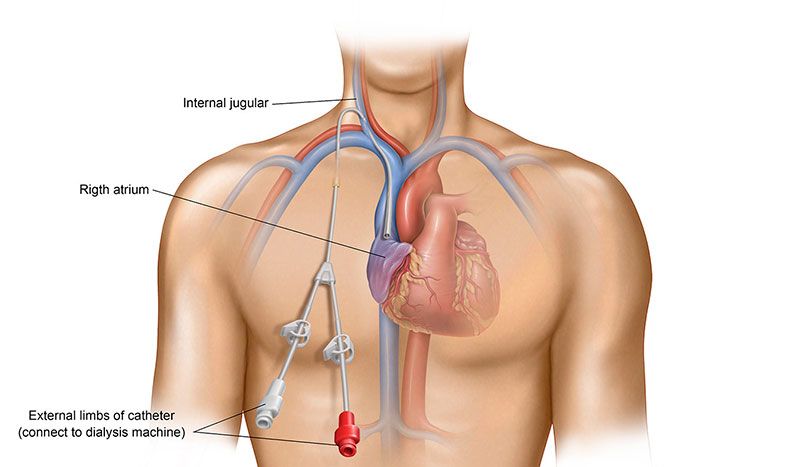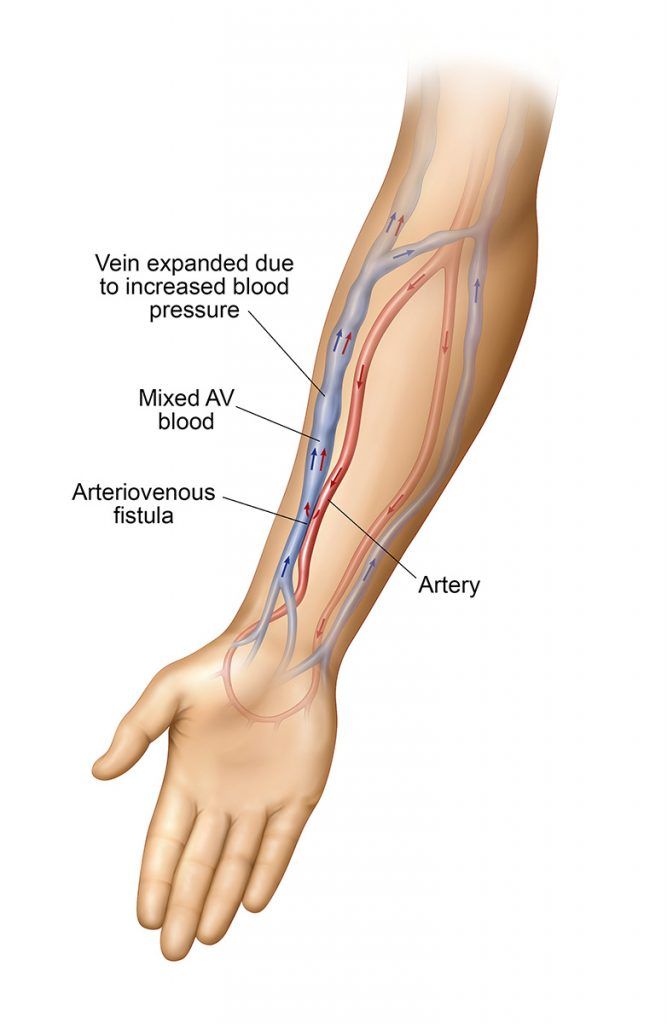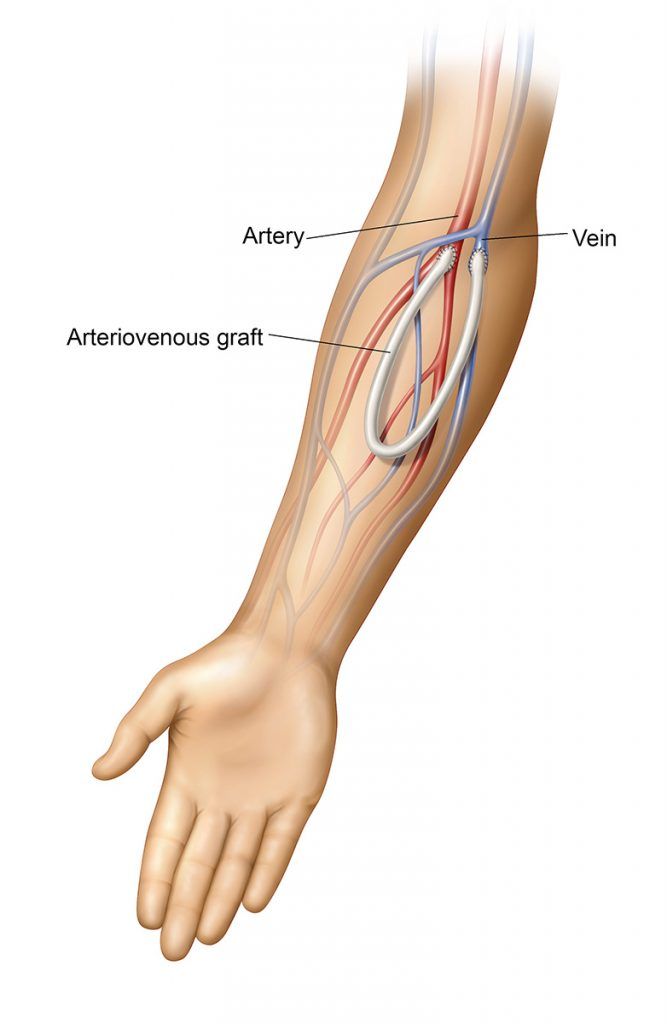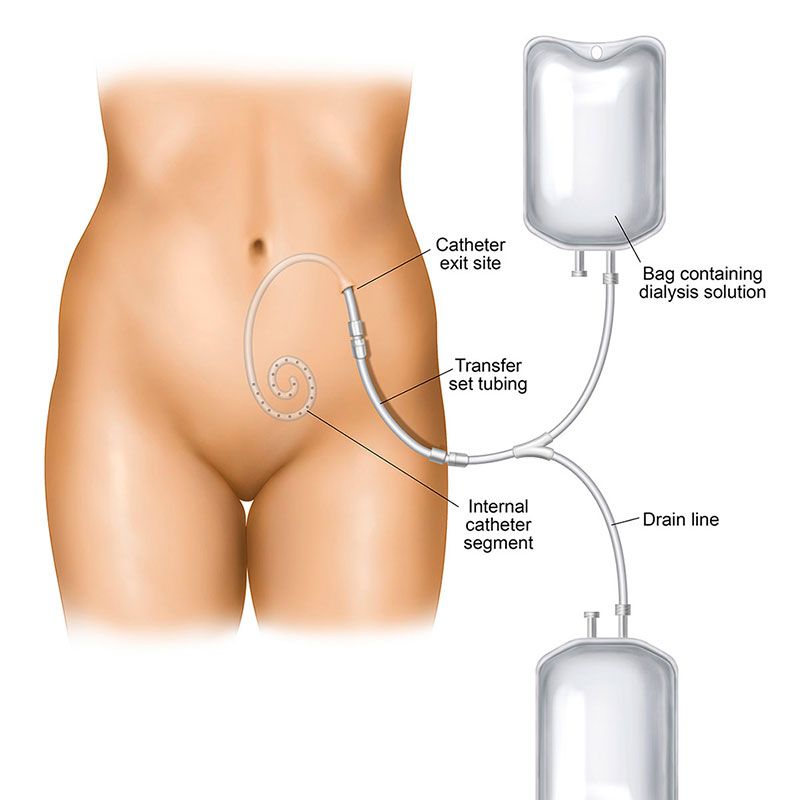Hello and Welcome!!!!
I have been wanting to start a blog about my issues with renal failure for a bit. The idea is/was to maybe help others as well as myself as I would post my thoughts and feelings. This disease has been a real drain on my life both in a personal and professional area. I have had a great deal of support from both family, friends, and co-workers. Especially from my wife and sister. My wife did not sign on for this and has been my rock. I believe and really know that I would be dead if not for her. Mood swings, depression, and fear has been my companions for a while and all of these take a toll on your relationships. Sometimes you just want to quit but, I can't...I have a son who is very close to me, a wife who I love, God-daughters who look to me and friends how are a big part of my life. I truly wish that no-one reading this has to go through any part of this. Diabetes and hypertension are two of the main causes of renal failure in the black community. If I can spread a little knowledge on the subject and a little hope then I would be happy.
Renal failure has been a part of my life for about 20 + years. First with my father (RIP) and then with my sister,. A few of those years were spent as a Kidney reuse tech*. So…..I have been close to this disease for a long time. Now I am on dialysis….Kinda funny in a way. Never thought I would be sitting on this side of the chair, or I was hope for a cure or a way for me to dodge this bullet. Didn’t happen for me. I hope that by putting my experiences out here in public I can help someone or in a way help myself.
So let me give you the basics:
ESRD
ESRD or End Stage Renal Disease is the last stage of CKD (CKD or chronic kidney disease is lasting damage to the kidneys that can get worse over time. If the damage is very bad, your kidneys may stop working. This is called kidney failure, or end-stage renal disease (ESRD). If your kidneys fail, you will need dialysis or a kidney transplant in order to live.
Hemodialysis
Dialysis is a treatment that does some of the things done by healthy kidneys. It is needed when your own kidneys can no longer take care of your body's needs. Here is a diagram* showing the stages of renal failure:
*( medcomic.com)
.
When your kidneys fail, dialysis keeps your body in balance by:
- removing waste, salt, and extra water to prevent them from building up in the body
- keeping a safe level of certain chemicals in your blood, such as potassium, sodium, and bicarbonate
- helping to control blood pressure
The Dialysis machine ( I call it the beast)
A dialysis machine tries to mimic some of the functions of the kidney. One of the primary jobs of a kidney is to remove urea ( the toxins and waste your body produces and certain salts from the blood so they can exit the body in urine along with water.
In a dialysis machine, blood from the patient runs through tubes made of a semi-porous membrane. Outside the tubes is a sterile solution made up of water, sugars and other components. Red and white blood cells and other important blood components are too large to fit through the pores in the membranes, but urea and salt flow through membranes into the sterile solution and are removed.
The access
Ok,,,,, so now you know what the disease is and about the "the beast" ( the dialysis machine) so now I bet you want to know how the machine connects to me. Well at some point before your kidneys really fail you will need to to see a surgeon to put in a access.
4 Types of Dialysis Access
There are three different types of dialysis access used for hemodialysis, a process in which blood is transported from your body for cleaning.
- Central venous catheter (CVC)
- Arteriovenous fistula (AV Fistula)
- Arteriovenous graft (AV Graft)
Another type of dialysis, called peritoneal dialysis, which uses the abdominal lining and a specialized sterile solution to clean the blood inside your body, requires a different type of access known as:
- Peritoneal dialysis catheter (PD Catheter)
Which access is the best for you will depend on many factors. Let’s look at each type of dialysis access separately.
Central Venous Catheter (CVC)
The first type of access we’ll look at is a central venous catheter (CVC), which is a flexible, long, plastic, y-shaped tube that is threaded through your skin into a central vein in your neck, chest or groin. A CVC is not usually intended to be a permanent type of access. If you need immediate or emergency dialysis or cannot receive and don’t have an AV fistula or graft, you will require a CVC.

Caring for Your Central Venous Catheter (CVC)
If you have a CVC placed, you’ll need to learn to care for your catheter regardless of whether it’s permanent or temporary. Your physician will give you strict care instructions, so be sure to follow them.
Before having a CVC placed, you should understand both the advantages and disadvantages of this access option.
Advantages of a CVC
- Quick to place and remove
- May be used immediately for dialysis
- Central Venous Catheter Placement is an outpatient procedure
Disadvantages of a CVC
- May damage central veins
- May increase the length of the hemodialysis treatment
- Bathing and swimming not recommended
- Complications can include infection and catheter clotting
AV Fistula
The second type of dialysis access is an AV fistula, which is an actual surgical connection made between an artery and a vein. An AV fistula is most often created in your non-dominate arm, but sometimes it can be created in your leg. This access results in an increased blood flow rate through the vein, which helps enlarge and strengthen the vein. An AV fistula allows a higher rate of blood to flow back and forth from your vein to a dialysis machine.

An AV fistula is the preferred access of all the types of hemodialysis access and is often referred to as the “gold standard.” In 2013, 65% of all patients in the United States Renal Data system were exclusively using an AV fistula at the end of one year of dialysis.
Once the AV fistula creation is complete, you will need to wait several months before it can be used so it can fully heal and mature.i
Caring for Your AV Fistula
Once you have an AV fistula, you’ll need to take care of it. Every day you’ll need to pay careful attention to your AV fistula to ensure it’s functioning properly.
- Look – Check for signs of infection, such as swelling, redness, warmth and drainage, as well as bleeding, peeling of the skin over the access or bulging areas.

- Listen – Check for the sound of blood flowing through your AV fistula by putting your ear over your access site.

- Feel – Check for vibration, called the “thrill.” The absence of or change in thrill could be cause for concern.

While an AV fistula is generally considered the best access option, it also has some disadvantages. Let’s look at both the advantages and disadvantages.
Advantages of an AV Fistula
- Can function for years
- Not as likely as a catheter to become infected
- Not as likely to clot
Disadvantages of an AV Fistula
- May require another temporary type of access during the healing and maturation phase
- Maturation may be delayed, or it may fail to mature
- Needles are required to access the AV fistula for hemodialysis
AV Graft
The third type of access, called an AV graft, functions similarly to an AV fistula. If you have blocked or damaged veins, or veins that are too small for a fistula, you may be a candidate for an AV graft. AV graft placement is also a surgical procedure, but instead of connecting the artery directly to the vein, one end of a small hollow, synthetic tube will be connected to your vein, and the other end will be connected to your artery.

Caring for Your AV Graft
Just like with an AV fistula, you will need to care for your graft every day, so remember to look, listen and feel for the same indicators used with a fistula.
As with all types of dialysis access, an AV graft also has advantages and disadvantages.
Advantages of an AV Graft
- Ready for use in days to 3 to 4 weeks
- Easy to implant
- Placement is an outpatient procedure
Disadvantages of an AV Graft
- Doesn’t last as long as an AV fistula
- Needles still required to access the graft
- Prone to clotting
PD Catheter
A PD catheter is used for peritoneal dialysis, which uses the lining of your belly and a dialysate solution to clean your blood.
This type of dialysis can be a desirable method for people who are always on the go. With a PD catheter, dialysis can be performed at home and takes less time to accomplish.

If you are unable to care for yourself, have an abdominal hernia or inflammatory bowel disease, recurring diverticulitis or large surgical scars on your belly, peritoneal dialysis and the PD catheter may not be an option for you.ii
Caring for Your PD Catheter
Having a PD catheter is associated with a high risk of infection in the lining of your belly, the tunnel that the catheter is threaded through or in the site where the catheter exits your body.iii
As your catheter site heals, and when you are accessing the catheter for your prescribed peritoneal dialysis exchanges (or treatment), you’ll need to follow a strict sterile protocol.
Let’s look at the advantages and disadvantages of a PD catheter.
Advantages of a PD Catheter
- PD Catheter Placement is usually performed as an outpatient procedure
- No need to use needles
- Dialysis performed at home
- No need for a temporary CVC
Disadvantages of a PD Catheter
- Bathing and swimming not recommended
- Higher risk of clotting and infection
Getting to the point where you have to seriously consider dialysis can be a scary time. But being prepared and understanding all types of dialysis access means you can feel confident in the choice you and your doctor make. Be sure to carefully consider each of the various types of dialysis access and discuss which will offer you the best quality of life.
Sources:https://www.azuravascularcare.com/infodialysisaccess/types-of-dialysis-access/
i Morsy, A.H., Kulbaski, M., Chen, C., Isiklar, H., Lumsden, A.B.(1998) Incidence and characteristics of patients with hand ischemia after a hemodialysis access procedure. Journal of Surgical Research 74(1): 8-10.
ii Mayo Clinic, Peritoneal Dialysis. Accessed from: http://www.mayoclinic.org/tests-procedures/peritoneal-dialysis/details/why-its-done/icc-20202870
iii Akoh, J. A. (2012) Peritoneal dialysis-associated infections: An update on diagnosis and management. World Journal of Nephrology 1(4): 106-122.
i Morsy, A.H., Kulbaski, M., Chen, C., Isiklar, H., Lumsden, A.B.(1998) Incidence and characteristics of patients with hand ischemia after a hemodialysis access procedure. Journal of Surgical Research 74(1): 8-10.
ii Mayo Clinic, Peritoneal Dialysis. Accessed from: http://www.mayoclinic.org/tests-procedures/peritoneal-dialysis/details/why-its-done/icc-20202870
iii Akoh, J. A. (2012) Peritoneal dialysis-associated infections: An update on diagnosis and management. World Journal of Nephrology 1(4): 106-122.
MORE TO COME
· Avoid “The Rabbit Hole” And Do A Threat Assessment: Ignore the “What if?” questions. What’s a similar problem you’ve dealt with? Leverage prior experience to calmly size up challenges.
· Emphasize The Positive And Focus On What You Can Control: Take a second to think about just how dangerous driving a car actually is. But it doesn’t faze you. A feeling of control makes all the difference.
· The Secret To Calm And Focus Is Knowing The Next Step: Ignore thoughts that aren’t helpful. Make a decision. Focus on the next step and you won’t panic.
https://www.bakadesuyo.com/2017/01/calm-under-pressure/?utm_content=buffer5ce2b&utm_medium=social&utm_source=twitter.com&utm_campaign=buffer
*During hemodialysis, a hemodialyzer, or artificial kidney, is used to filter fluids and wastes from a dialysis patient’s blood. Reuse of a hemodialyzer means that the same hemodialyzer (filter) is used more than once for the same patient. When dialyzers are reused, they are cleaned and disinfected after each treatment. They must also be tested to make sure they are still working well before they are used again.)

